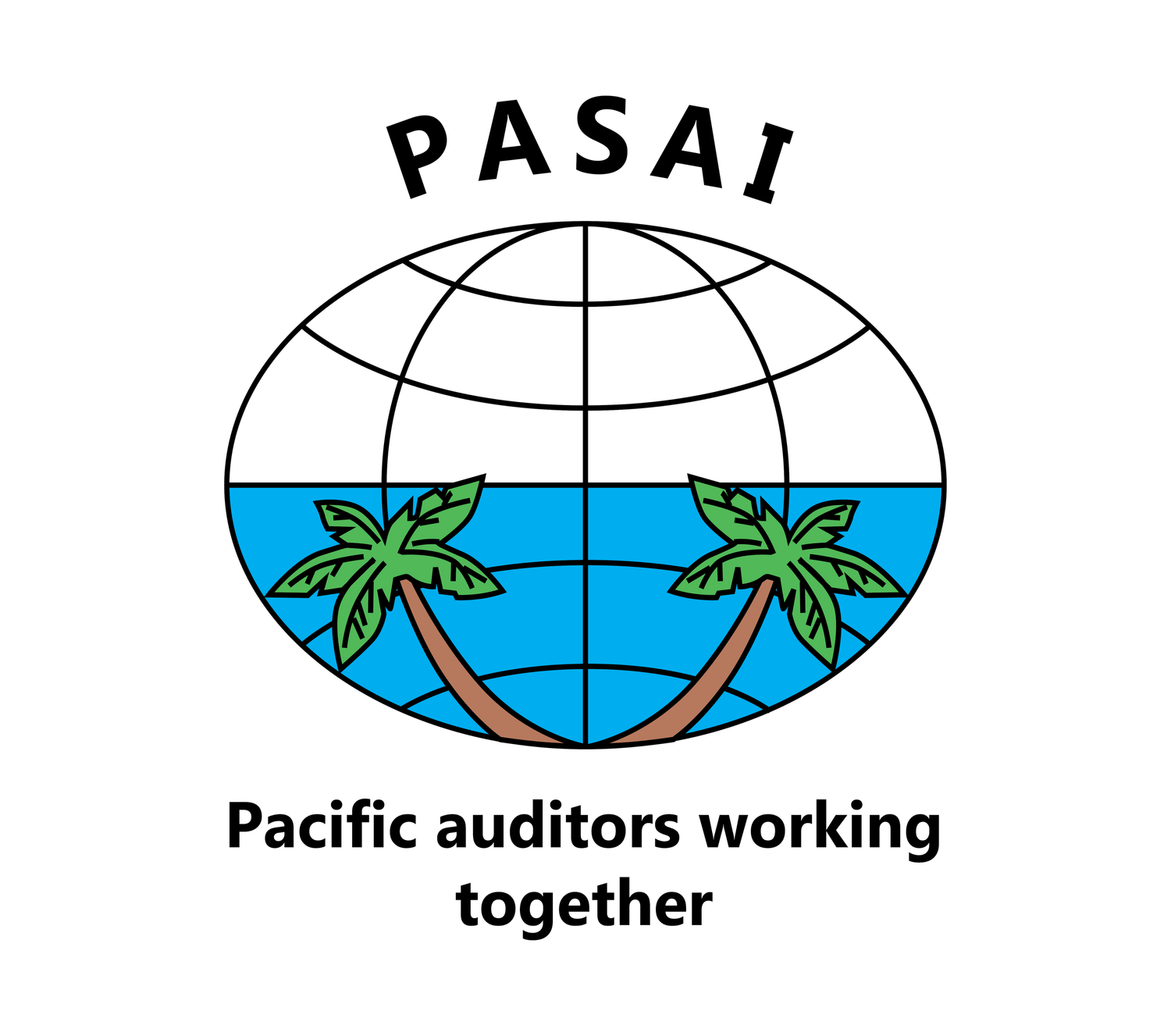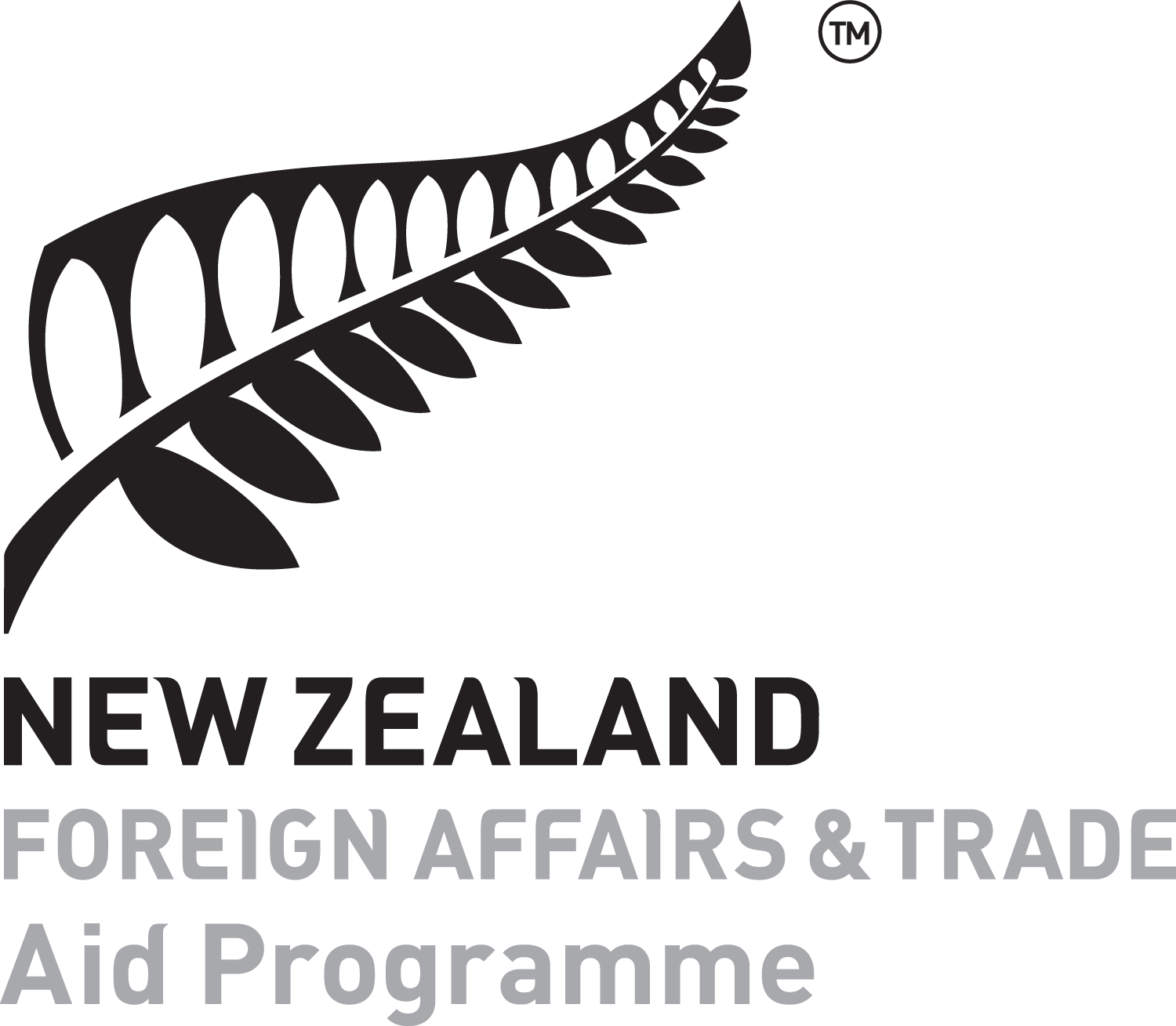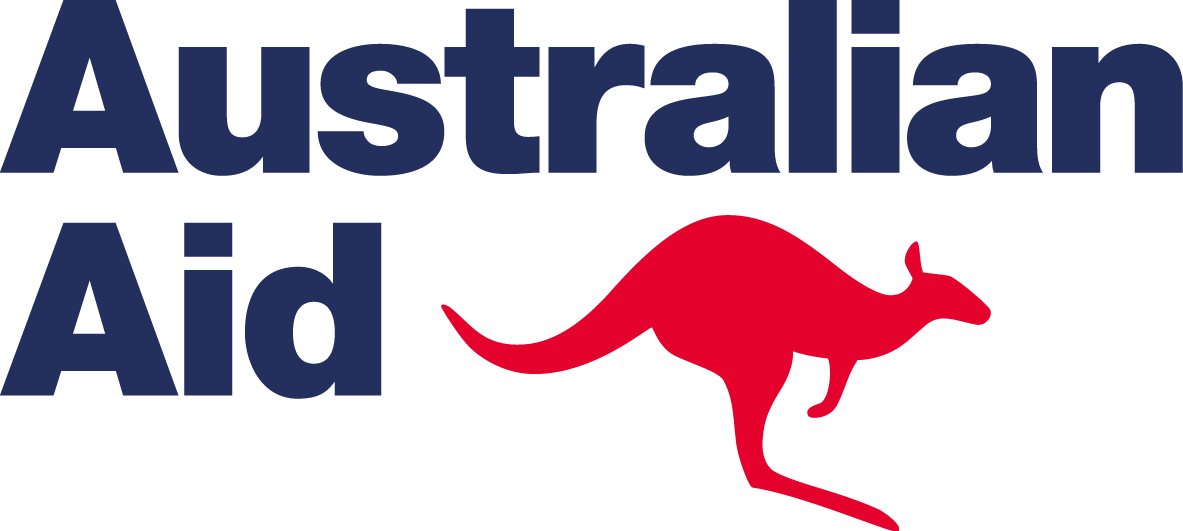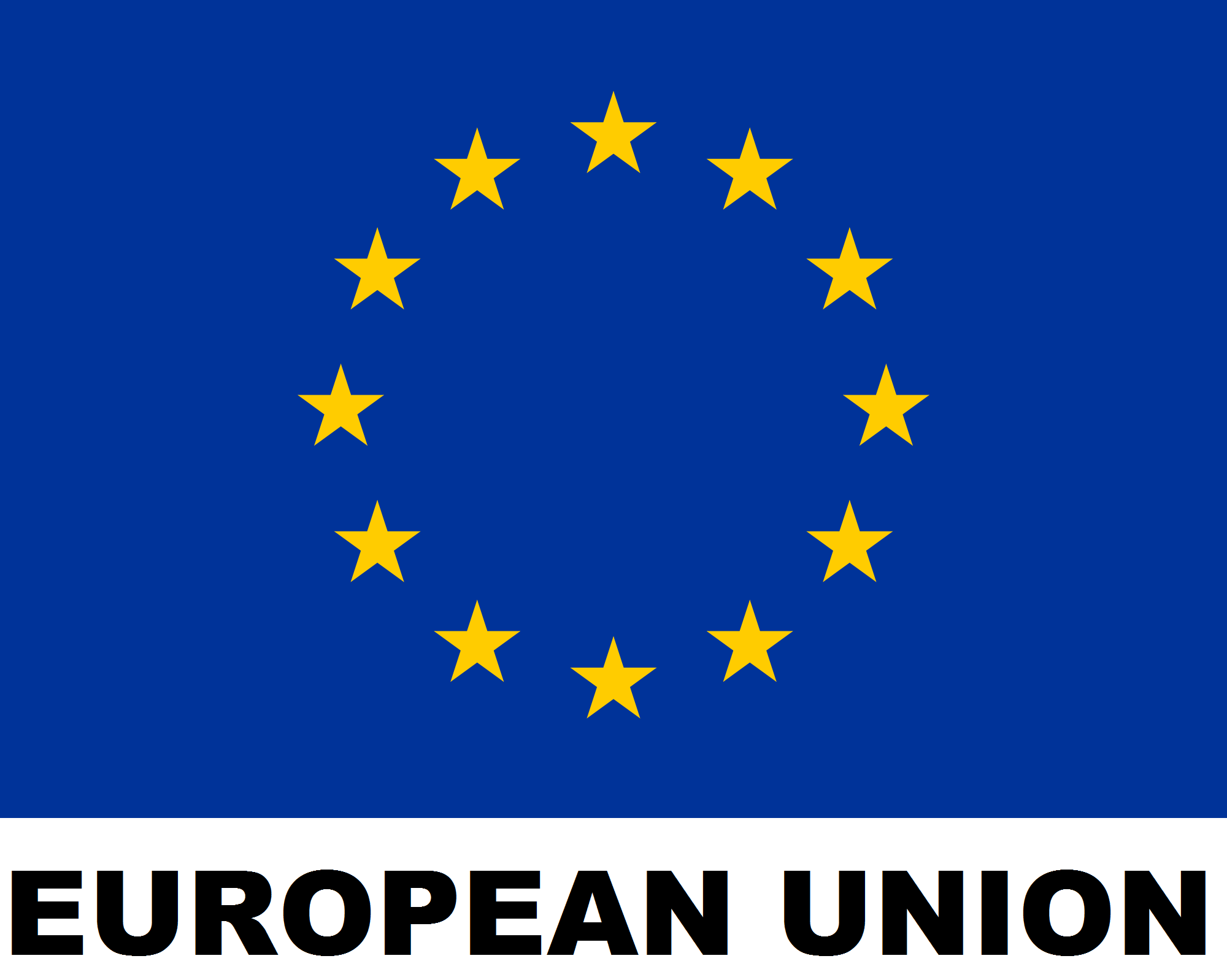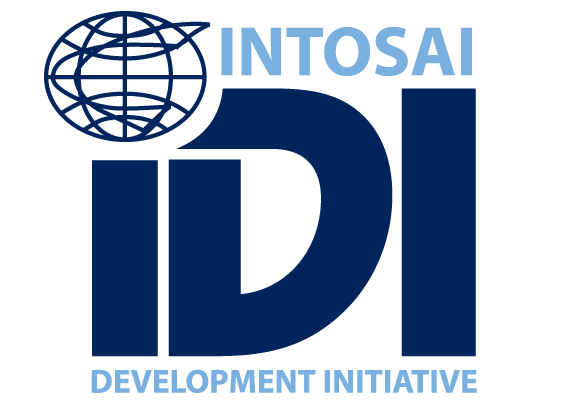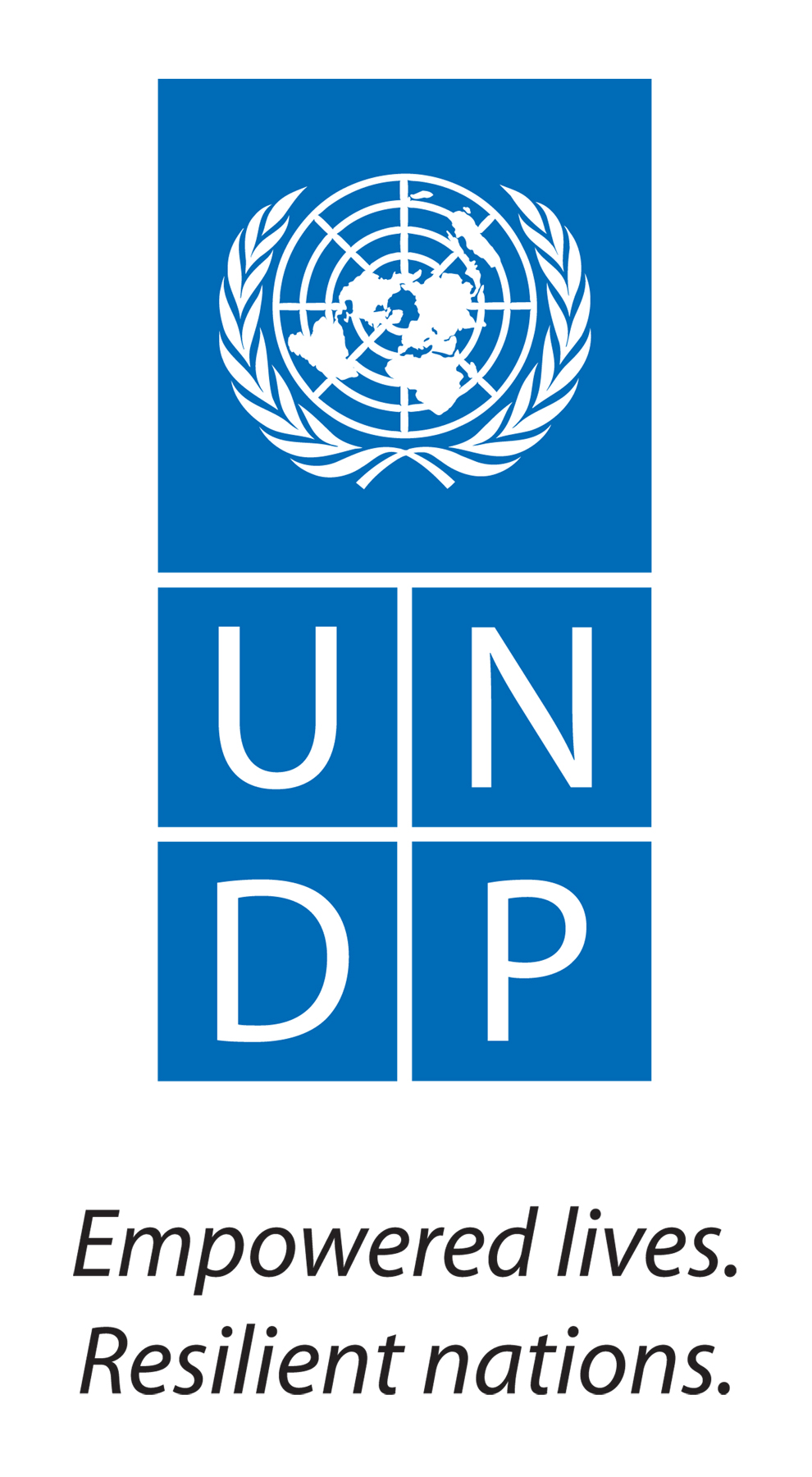By Ms Lana Assi
Head / Public and international Relations Unit, State Audit & Administrative Control Bureau, SAI of Palestine
When I first started my work at the Supreme Audit Institution of Palestine, one challenge was how to start co-operating with international peers so that we could use our shared knowledge and experience to increase our productivity and the quality of our work. Today, the State Audit & Administrative Control Bureau (SAACB) is in a good position to start good relations and have successful co-operations with international peers.
After having worked at the SAI of Palestine for ten years, it has become very clear to me that peer-to-peer cooperation is one of the strong pillars on which a SAI can depend. It offers a window to the outside world, a world full of experienced people working according to international standards to enhance integrity and transparency.
Working with colleagues from peer institutions helps to share knowledge, ideas and experience, besides building socially dynamic relations between employees in SAIs. Personally, I have developed my skills in organizing, planning and understanding the mechanisms of how to deal with international peers, how to prioritize the needs of the SAI, and to reflect these priorities in the projects plans. Co-operation with peers has helped me tailor our objectives, to think deeply about:
what is needed;
why it is needed; and
how to reach the goal in a long- or short-term co-operation.
Before starting any SAI peer-to-peer co-operation, it is important to decide internally what your objectives might be, and then try to tailor the co-operation to your needs so as to meet your objectives within an agreed time-frame. A decision of this kind needs a leadership that is quite aware of the dramatic changes that the office may go through; which encourages change; and which supports new procedures internally.
Looking at our experience, the first challenges were found in the language aspects of the co-operation, which required translation of all documents to facilitate the communication between our employees and the international experts. Working at a long distance provided a second challenge, depending on the location of our peers. Time presented a third challenge. To meet these challenges, a person in charge should know how to carefully manage the resources to implement all aspects of the co-operation. It is important to ensure that the work done by the auditors reflects the goals of the cooperation, also bearing in mind the importance of not overlapping with multiple partners. Sharing activities between all partners is a way of being transparent and cooperative.
What has struck me as surprising throughout our peer-to-peer co-operations, is our ability to cope with changes and overcome challenges to reach better results and have fruitful, tangible outcomes.
I think co-operation with peers is a two-way learning process. It means sharing, discussing, giving feedback, and reflecting ideas. It is an operational experience that we, as internal staff in the SAI, and the external peer, all learn from. Hence, the peer-to-peer co-operation helps us in developing better services for our stakeholders.
Peer-to-peer co-operation has benefitted me via knowledge capture, knowledge management and knowledge sharing. These benefits will stay with me throughout my professional life.
Go to INTOSAI’s peer-to-peer cooperation page for more on this blog at https://www.intosaicbc.org/benefits-of-co-operating-with-peers/ and the consolidated notes from Theme 2 discussions at the CBC meeting in Kuwait: Consolidated notes theme 2.

